Why Egypt Went to War in 1973 - 17 minutes read
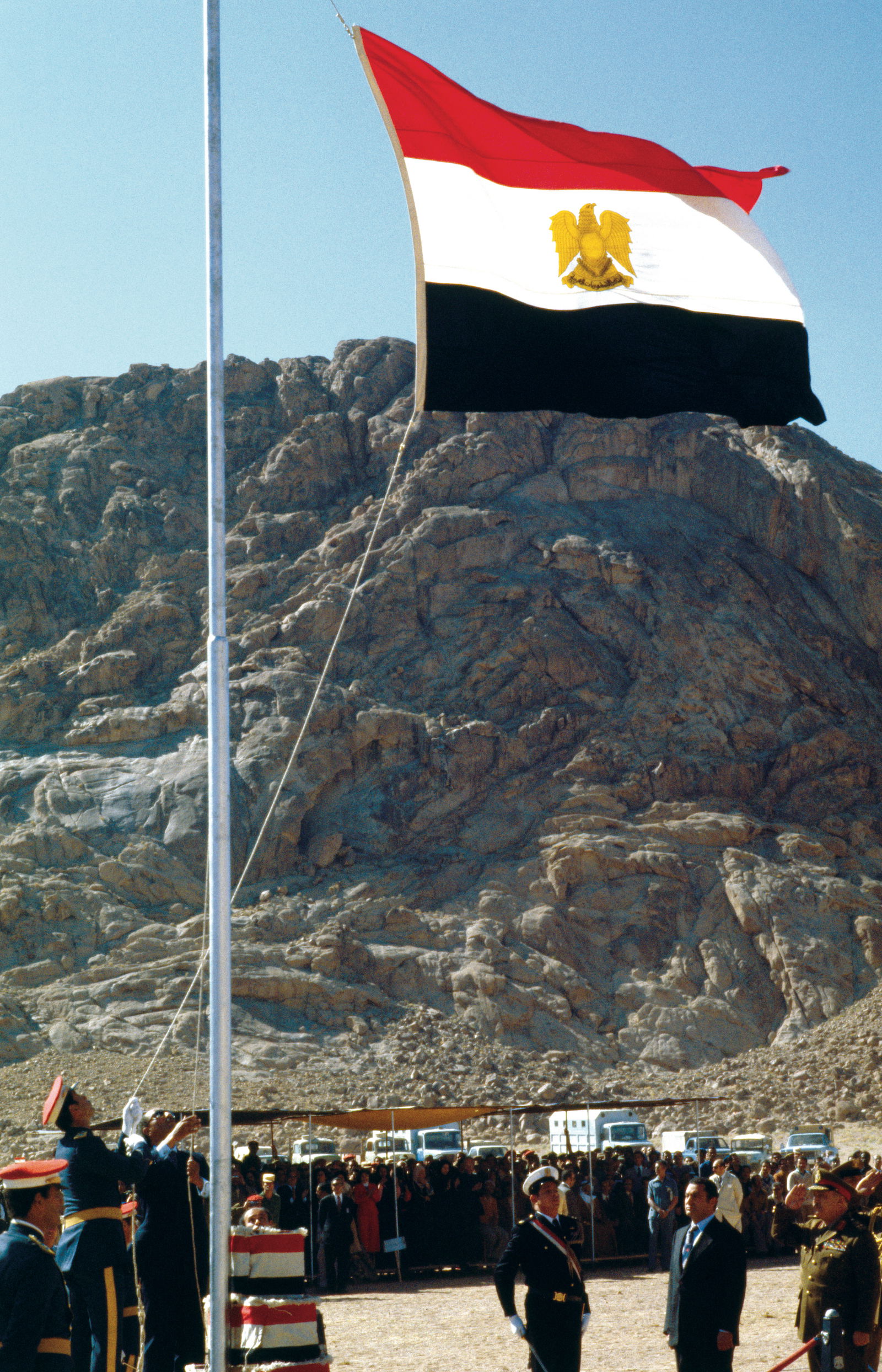
Fifty years ago, on 6 October 1973, 32,000 Egyptian soldiers crossed the Suez Canal to hoist Egypt’s flag over the Sinai Peninsula, following six years of Israeli occupation. The surprise attack was co-ordinated with a Syrian advance on the occupied Golan Heights, and was only challenged with the help of an immediate airlift of US arms. President Anwar Sadat revelled in Egypt’s smashing of the myth of Israel’s invincibility, and was duly crowned ‘Hero of the Crossing’. The first claim has stood the test of time: the Egyptian plan is still taught in military strategy courses around the world. But was Sadat the true architect of this feat of resistance? Within two weeks, he had overruled his chief of staff, General Saad el-Shazly, issuing orders that enabled significant Israeli counterattacks. Within a month, he was sitting with US Secretary of State Henry Kissinger at the United Nations checkpoint at Kilometre 101 on the Cairo-Suez Road, beginning negotiations for a settlement and offering early concessions. And within five years, he had signed the infamous Camp David Accords, paving the way for the 1979 Israeli-Egyptian peace treaty and Egypt’s Arab isolation. Why did Sadat fight in 1973? Why take such a risky step, only to reverse it so dramatically and so soon?
Why war?
Part of the answer is that Sadat had intended to realign Egypt’s foreign policy from the first moments of his presidency. His predecessor, the anti-imperialist Gamal Abdel Nasser, had spent his final years rebuilding the Egyptian army and fighting the War of Attrition with Israel. Sadat had always been on the right of Nasser’s Arab socialist administration, and when he became president he sent an immediate signal to the US that he was willing to part ways with the Soviet Union and move towards a settlement with Israel. For three years after his inauguration in October 1970, Sadat repeatedly dodged and distracted from the prospect of a liberation war. When the Americans failed to show interest in closer relations with Egypt, he decided to refocus attention on the region through a ‘limited war’. According to leading Egyptian journalist Mohamed Hassanein Heikal, Sadat was told that he would have to ‘heat things up a bit’ regionally in order to turn US heads. And so the plans on which Egyptian military generals had been working since 1967 were put into action in October 1973.
But there was another major factor in Sadat’s decision: the Egyptian people. Popular protest and discontent made it increasingly untenable for Sadat to preserve a state of ‘no war, no peace’, and played a significant role in pushing him towards conflict. The loudest outcry came from Egypt’s university students in January 1972, with mobilisations that continued into 1973, shutting down campuses and culminating in mass arrests. The student movement made its position known before any other organised group and galvanised others into a state of early opposition, profoundly destabilising the presidency. The movement left a powerful legacy, setting the priorities of Egypt’s centre-left opposition that persists today: pro-poor, pro-democracy and firmly anti-Zionist.
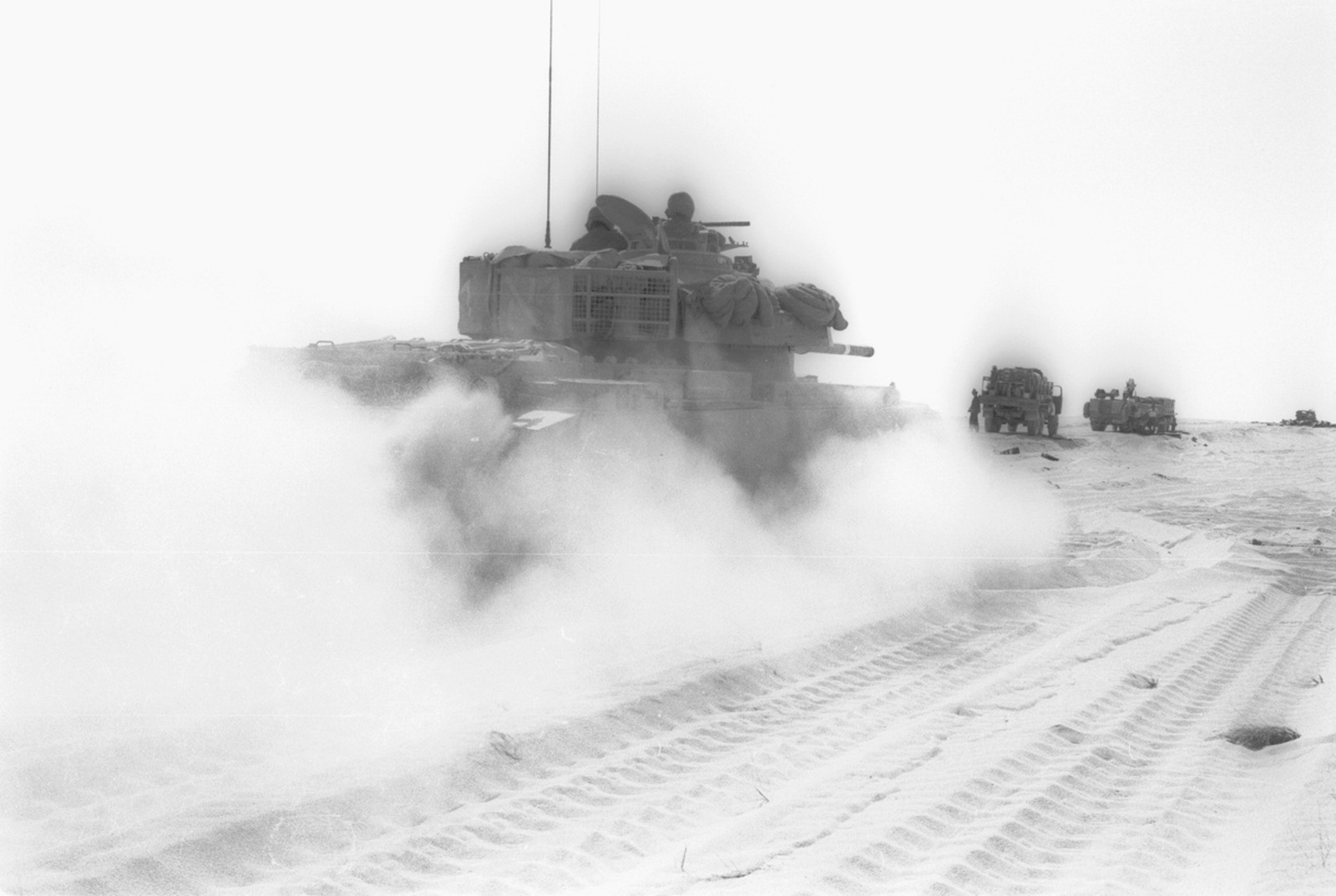
Egypt’s democratic lung
The student movement had been brewing since Egypt’s defeat in the 1967 war. Once Sadat came to power, it intensified, its mobilisations turning on the linked issues of national liberation and domestic political freedoms. It had begun with leftist students demanding accountability from the state for the outcomes of the 1967 war. Some student leaders were formally Marxists, but most had been formed politically within the organisations of the state, advocating positions of social justice and anti-imperialist solidarity. They were disappointed by the state’s inability to live up to its promise or to allow meaningful political representation. When Nasser died in September 1970, however, these same students joined the millions of mourners who flooded Cairo’s streets for his historic funeral.
In Sadat’s first speech as president-designate on 7 October, he emphatically described his popular mandate as ‘an order to pursue the path of Gamal Abdel Nasser’. A joke soon circulated that he was following Nasser’s path exactly – but with an eraser. Politicised students noted this trend early on – Sadat had begun by arresting several of Nasser’s aides in a so-called ‘Corrective Revolution’ in May 1971 – and quickly moved to protest. They held rousing public meetings, displayed critical and satirical ‘wall magazines’ on campus, and took over student unions and societies. As one of them recalls, theirs became ‘the freest press in Egypt’ and the country’s ‘democratic lung’; this had an empowering effect on the rest of the student body. The mass of students who supported the leftist uprising came from a largely unorganised middle- or working-class background, and in this they were broadly representative of vast swathes of the Egyptian population. There were rightist groups and a budding Islamist presence on campus, but they were nascent at this stage and did not take an oppositional stance.
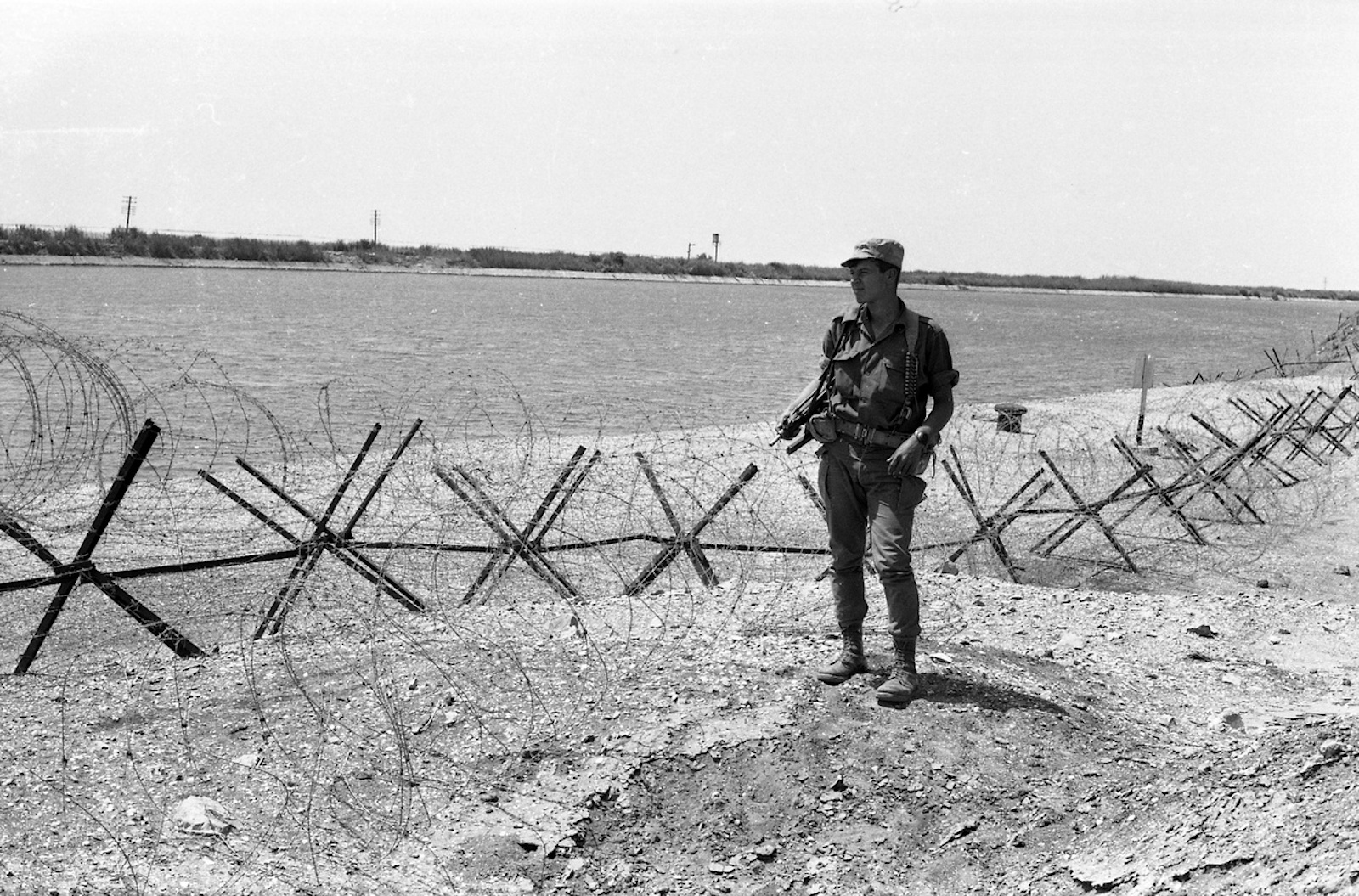
In coming to terms with the 1967 defeat, and with Sadat’s prevarications, student leaders were searching for a new way – one that would take them forward, without reneging on principles of justice and liberty, and traditions of anticolonial resistance. In this quest, they were part of a ‘global 68’ moment of revolt, and many duly turned to international political trends for inspiration. As the student leader Ahmad Bahaaʾ Sha baan recalls, his three principal influences were the Palestinian Revolution, the Vietnamese people’s steadfastness against US imperialism, and Cuba’s revolutionary leader Che Guevara. This triumvirate was inspiring new generations across Europe and the Americas, as well as Asia and Africa, but the Egyptian students’ perspective centred their own predicament. A major theme was their advocacy for people’s war, a protracted struggle fought with guerrilla tactics. Regular warfare, they thought, could not defeat Israeli forces.
The students paid particular attention to the rise of Palestinian armed struggle in the late 1960s, which exemplified dignity and determination in the face of adversity, after Israel’s occupation of the West Bank and Gaza. The sense of intimacy between the two Arab peoples, bolstered by decades of cultural, economic and political ties, made this connection all the more significant. In 1970, leftist students at Cairo University’s Engineering Department formed an influential society, the Partisans of the Palestine Revolution. Their activities, from student meetings to speeches and exhibitions, raised awareness of Palestinian armed resistance and reached a wide audience from across the university.
‘Year of decisiveness’
Against this backdrop of mobilisation, Sadat made a speech on 23 July 1971, pledging that he would not allow the year to end without a declaration of war, unless Israeli withdrawal from all occupied Arab territories was forthcoming. 1971 was, he insisted, ‘am al-hasm, ‘the year of decisiveness’. Most of Sadat’s addresses that year bemoaned US support for Israel and affirmed Egypt’s readiness for a liberation war. In February 1971, Sadat had addressed the Palestinian National Council’s Cairo meeting, insisting that there would be no separate solutions, only an ‘Arab solution’. In August, he addressed a group of university student union leaders – the union apparatus being firmly state-aligned – with another rousing message. These speeches were designed to build Sadat’s legitimacy as a warrior for liberation, while buying time for a settlement. They ended up fostering high levels of anticipation, which he would have to satisfy sooner or later.
When 1972 arrived, and Sadat made another national address, it was expected to signal some kind of move towards action. Instead, he adopted a rather different tone, announcing that due to ‘fog’ in the international arena – caused by the Indo-Pakistani War – Egypt would not be able to commit to war after all. ‘The year of decisiveness’ became ‘am al-dabab, ‘the year of fog’. Reactions on Egypt’s campuses were instant and this time did not come from the leadership. Instead, students from across faculties, with no political experience, gathered spontaneously to express their indignation.
Student mobilisation
The days before Sadat’s speech had been dominated by a flurry of Palestine solidarity action, so students were poised to act. In early January 1972, the Partisans had organised an exhibition to celebrate the anniversary of the launch of the Palestinian Revolution. Between 15 and 18 January, they arranged a three-night poetry reading at Cairo’s National Theatre, featuring celebrated Palestinians Muin Bseiso and Mahmoud Darwish, alongside the poet and student leader Zain Al-Abidin Fuad. The students then decided to hold a conference on 17 January in Cairo’s Engineering Faculty, which grew into a sit-in the next day. A senior state official visited, but was denounced as ‘a mere messenger’. As similar meetings took place at the Medicine and Political Science faculties, they decided to support Engineering’s sit-in. The movement grew across Ain Shams, Alexandria, Assiut and Al-Azhar universities.
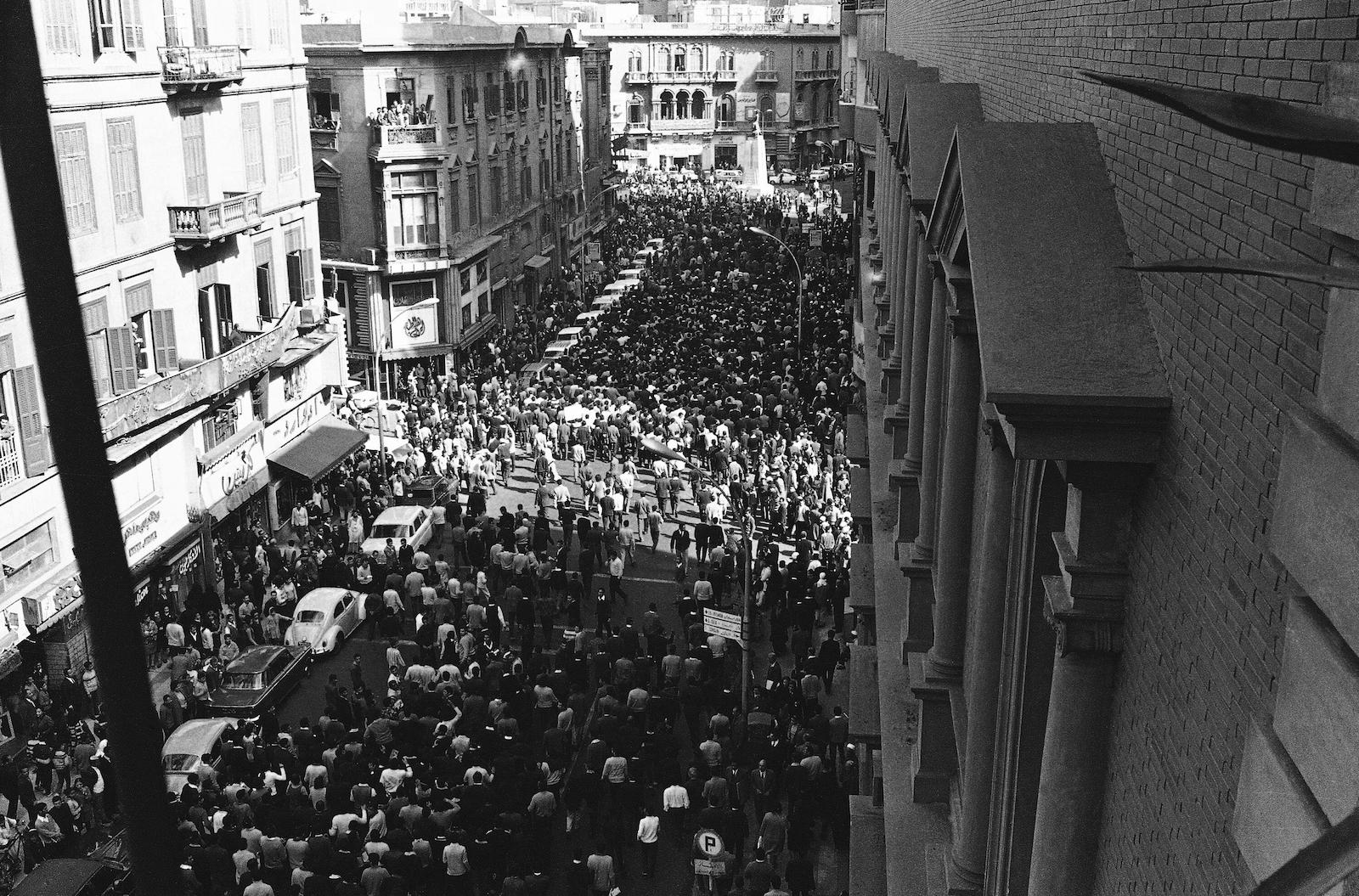
By 20 January, a cross-faculty sit-in had begun at Cairo University. A Higher National Committee of Cairo University Students (HNCS) was elected, with representatives from every faculty. Opposition to the one-party state system was pronounced. The students used university printers to publish their demands, which two successive delegations took to Sadat’s home, inviting him to meet them on campus. Three days later, the rector of Cairo University issued a statement recognising the HNCS as the legitimate representative of the students.
In an effort to break the impasse, the students were invited to present their demands at the parliament itself; a 200-strong delegation was duly formed. After hours of debate and recrimination, the students were given a duplicitous promise that their demands would be published in amended form in the morning press. But as they were leaving they were told that, in fact, the president would allow no such thing. Within hours armed police had swooped on Cairo University, forcing open the gates at dawn and arresting 1,500 students. The same occurred at Ain Shams University, where students mounted some resistance.
‘Egypt, Arise’
So far, the story had been confined to Egypt’s campuses. This was now to change radically, birthing the phenomenon that remained a thorn in Sadat’s side until his death in 1981. Sadat had ordered the universities to close early for half-term. But on the morning of 24 January, when the remaining students learned of their friends’ arrests, they headed for downtown Cairo where they spent 48 hours in defiant street protest, which culminated in hundreds more arrests. By night, they held a sit-in at Tahrir Square, where local families gave them food, medicine and blankets. Their gathering inspired Egypt’s radical poet Amal Dunqul to write his ode ‘The Stone Cake’, referring to the square’s central concrete pillar, around which they assembled. Like many writers, Dunqul visited the sit-in and was moved by the students’ determination. Their voice, he wrote, ‘erases the rest of the darkness / it sings for the newborn Egypt’. By day, they confounded the police with tactics of dispersal and swift regrouping in small formations, hopping on buses or ducking into alleyways, and from there enjoining passers-by to support them with chants like ‘Egypt, Arise’.
Sadat condemned their actions, calling them a small group of deviants in a healthy student body. He insisted that students had no political authority: their remit was to study and only to study. The press published sycophantic responses to Sadat’s speech, including accounts from members of parliament and university staff unsympathetic to the students’ actions. The support ended there, however, as the movement succeeded in sparking wave after wave of solidarity from the public.
First came the university professors who had already supported the sit-ins, and later met with Arab Socialist Union officials to call for the students’ release. At Cairo University, Engineering Faculty Dean Hasan Ismail had allowed the HNCS to use the university printing press and main hall. Four of the most influential professional unions of Egypt – the teachers’, journalists’, lawyers’ and engineers’ syndicates – issued supportive statements in the press. They agreed that Egypt did indeed need to move to a war footing and praised the students’ action as noble and patriotic.
All of this forced Sadat to make further statements, announcing the release of the arrested students and their referral to Disciplinary Councils on 25 January (which never took place). The students left prison to a heroes’ welcome and were immediately invited to meet journalists and give their accounts. More than 100 signatures were gathered from the country’s leading writers, who attempted to form an independent National Committee, though they were thwarted by the Journalists’ Syndicate.
Defence of democracy
As teaching resumed and the new academic year arrived, student activism gained momentum. The summer of 1972 saw leftist, Nasserist and right-wing Islamist groups form, with increasing levels of connection with the state respectively. As the leftists and Nasserists kept up their critiques, the regime sought to pre-empt a January anniversary mobilisation by taking its own action in December 1972. A senior academic referred four students to disciplinary councils, prompting a leftist student cluster to protest daily, naming its members the ‘National Democratic Group’. Calling for the formation of a ‘Committee for the Defence of Democracy’ in every faculty, these students were met with violent opposition by government supporters in the student body.
By 29 December, Sadat had decided to arrest the leaders. They were taken from their homes at dawn. This backfired, leading to protests across Egypt’s five universities, including a sit-in at Cairo and Ain Shams. Sadat again sought to draw a line under events. In a speech on 31 January he emphasised the same points he had made a year earlier: the patriotism of the majority, the deviance of ‘the adventurist left’ and the need for students to focus on their studies. But the students responded with their familiar repertoire in turn, as did their supporters. Once again the universities were overrun with protests, including spontaneous occupations of Giza Square and confrontations with police.
This prompted renewed statements of support in the press, from teaching staff, professional syndicates and the intelligentsia. Prominent writers such as Tawfiq Al-Hakim and the future Nobel laureate Naguib Mahfouz signed a declaration which was clandestinely passed to the Beirut newspaper Al-Anwar. In it they lamented:
‘The days are passing. The word “battle” is becoming a vague term … repeated a thousand times … Young people can no longer swallow this much-chewed word, but they dare not spit it out either.’
Even the judiciary were exercising their independence, releasing students and allowing them to take their exams and graduate. In response, in early February 1973 the Arab Socialist Union (ASU) – the state’s only party – expelled over a hundred of its members for taking a stand.
A new era?
In the face of popular anger Sadat seemed unsettled and erratic; the regime’s retaliation only underlined its weakness. Behind the protests was the sense of an injustice to be rectified, of dignity assaulted by the occupation and of joyful hope in Egyptians’ solidarity. Meanwhile Sadat’s ongoing overtures to the US were consistently rebuffed, as the US instead increased its military and political commitments to Israel. In late September 1973, on the third anniversary of Nasser’s passing, Sadat declared the pardon of all arrested students and the reinstatement of those expelled from the ASU. Within a week, he had authorised the war.
The outcome of the war militarily was mixed. Egyptian troops had begun with the dramatic crossing of the Suez Canal, destroying the Bar Lev line and taking the strategic east bank. The Syrians, too, advanced quickly across the 1967 lines. However, Israel was able to make significant counterattacks following the US airlift. Despite this, Sadat was able to declare a resounding victory which went some way towards mitigating popular grievances. He seized the opportunity to renew overtures towards peace, meeting with the Israelis, Americans and Soviets in Geneva in December, and concluding the first disengagement agreement in January 1974, following Kissinger’s shuttle diplomacy. By the summer, Egypt had re-established diplomatic ties with the US and was hosting President Richard Nixon, who sought refuge from the Watergate scandal in a Middle East tour. The regime touted his visit as heralding a new era for Egypt of ease and plenty.
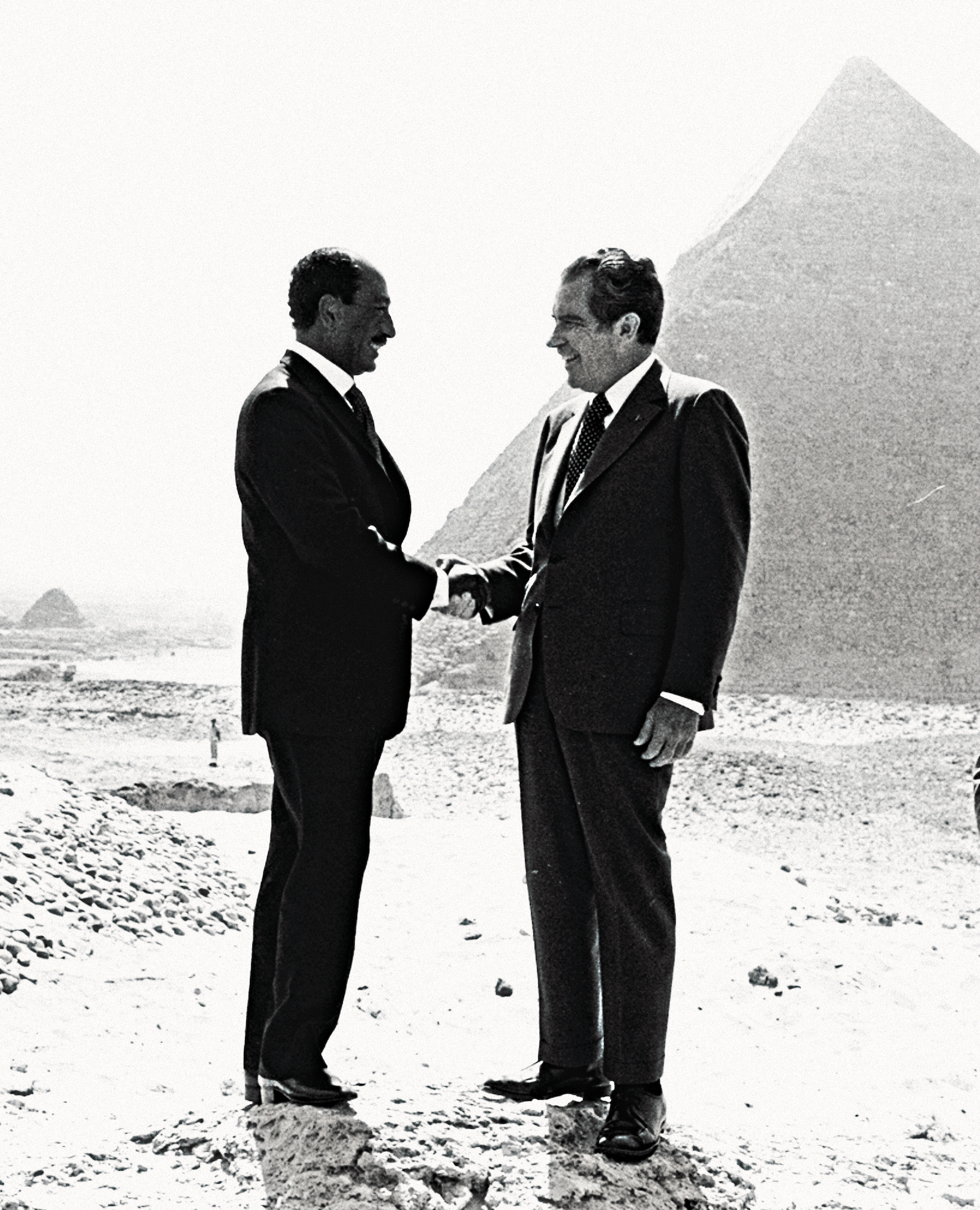
Kissinger brokered the second disengagement agreement in 1975, prompting Sadat’s previously unthinkable visit to Israel in 1977. This led to the 1978 Camp David Accords and the following year’s peace treaty, the terms of which were heavily weighted in Israel’s favour. The cohorts represented by the student leaders of 1972-73 underwent an intensive programme of political re-education. They were told that many Palestinians were responsible for their own misfortune; that Egypt had made the greatest sacrifices for the Palestinians of all the Arabs; that it was time for Egyptians to reap their rewards. For some, and for a time, this seemed convincing.
No justice, no peace
Opposition voices continued to emerge periodically throughout the decade, criticising Sadat’s turnarounds, his embrace of the US and Israel and his economic liberalisations. The cycle of protest and repression peaked with the arrest of 1,500 protesters in September 1981. A month later, on 6 October 1981, as he saluted the military parades commemorating the 1973 war, Sadat was assassinated. His funeral, in stark contrast to that of Nasser, was an elite affair, attended by kings and presidents, Americans, Saudis and Israelis – not by ordinary citizens. Egyptians passed their verdict on Sadat’s life with eloquent silence upon his death.
Paradoxically, those same Egyptians had enabled Sadat’s finest hour: his ability to claim victory in the October War. The people had been key in pushing Sadat towards the decision for war, a truth often obscured. The same could be said of the popular grievances which surged, under-reported, in the final years of Hosni Mubarak’s rule – especially on the question of Egypt’s alignments with the US and Israel – meaning that the 2011 uprising took many by surprise.
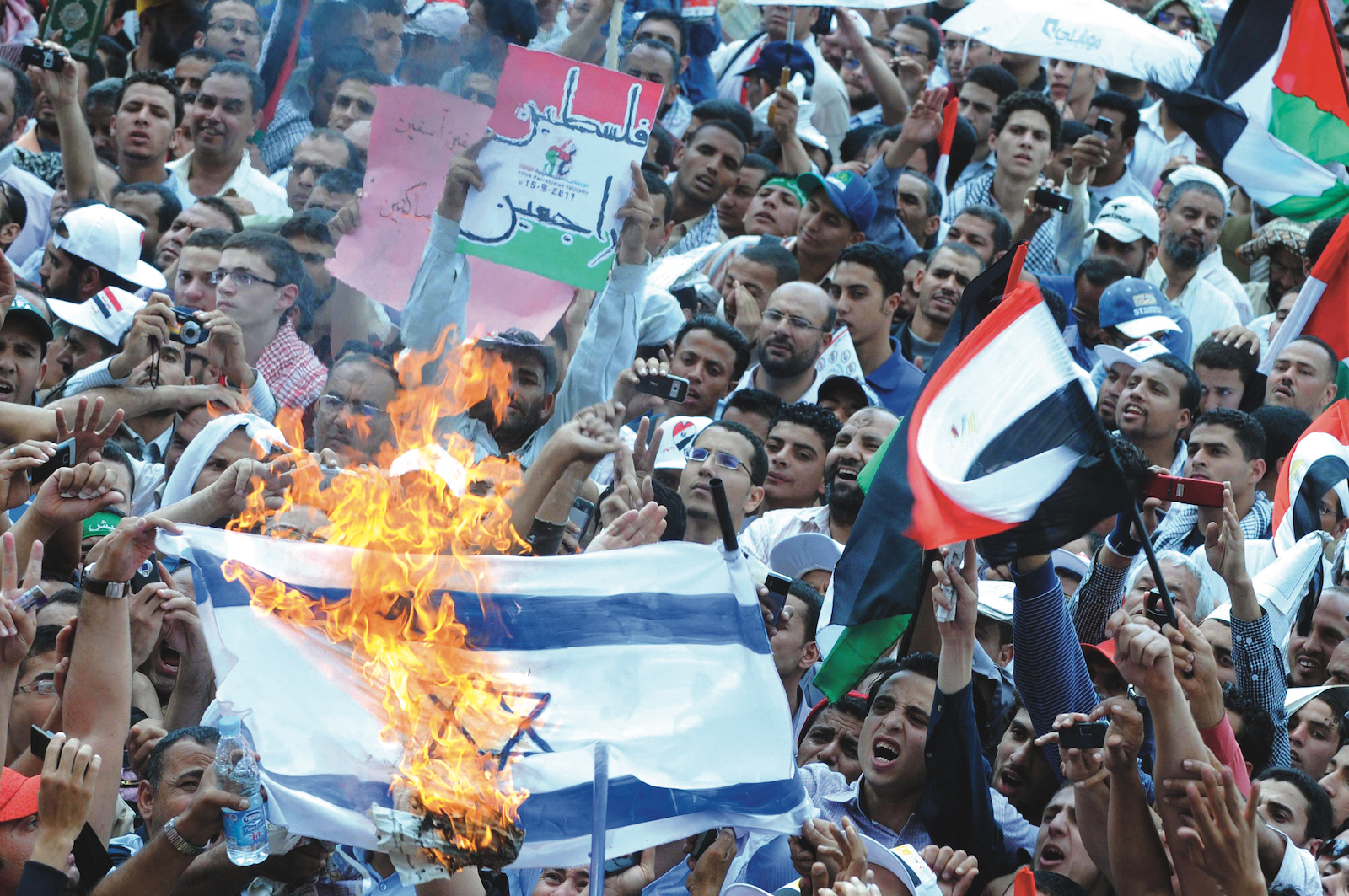
But it should not have done. Mubarak had preserved much of Sadat’s project, while the vocal minority had continued to make itself heard. In the early 2000s, coalitions for change were led by many members of the 1970s student generation and their children. They protested the Iraq War and supported both Palestinian intifadas, tapping into widespread popular sentiment each time. Egypt’s 2011 revolution featured regular expressions of solidarity with Palestine and angry critiques of Israel and the US, and of Egypt’s relations with both. Among the first demands after Mubarak’s fall was the abrogation of the 1979 treaty.
Ultimately, Egypt’s relations with Israel have remained intact, but the October War remains a source of national pride. Indeed successive regimes have sought to capitalise on this. When Mubarak attempted to rehabilitate his record in 2019, he released a video in October about his memories as commander of the airforce during the war. His choice reflected the widespread sense of ownership of this war in the country, where tens of millions still deplore the Israeli colonial project, a sentiment expressed on each anniversary. As Egyptian-Israeli relations move coolly through their fifth decade, this year will be no exception.
Reem Abou-El-Fadl is Senior Lecturer in Comparative Politics of the Middle East at SOAS, University of London.
Source: History Today Feed